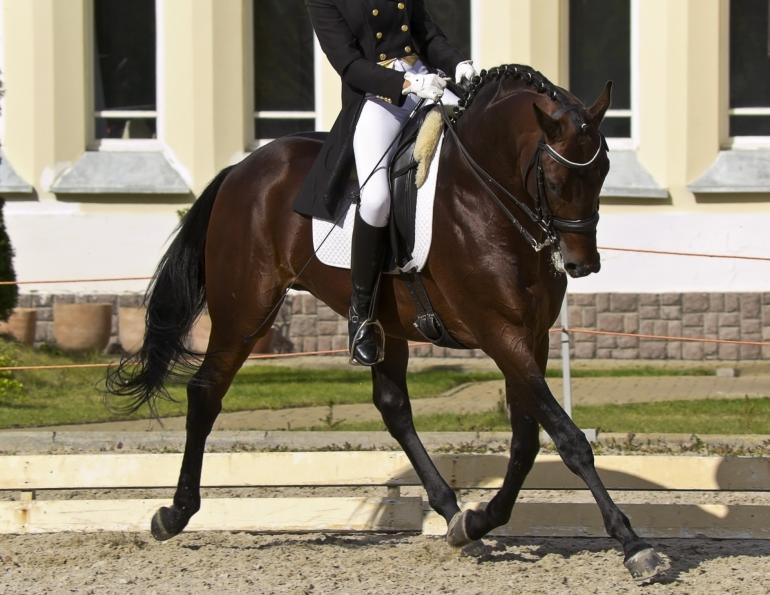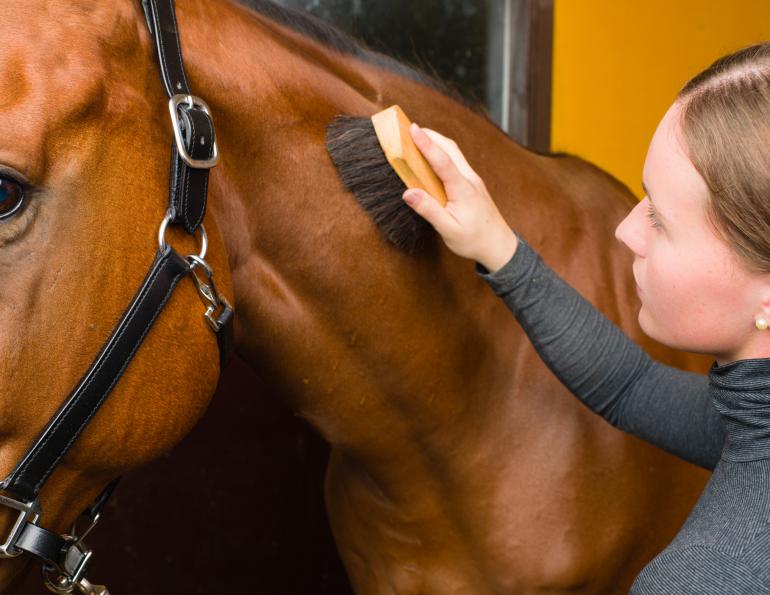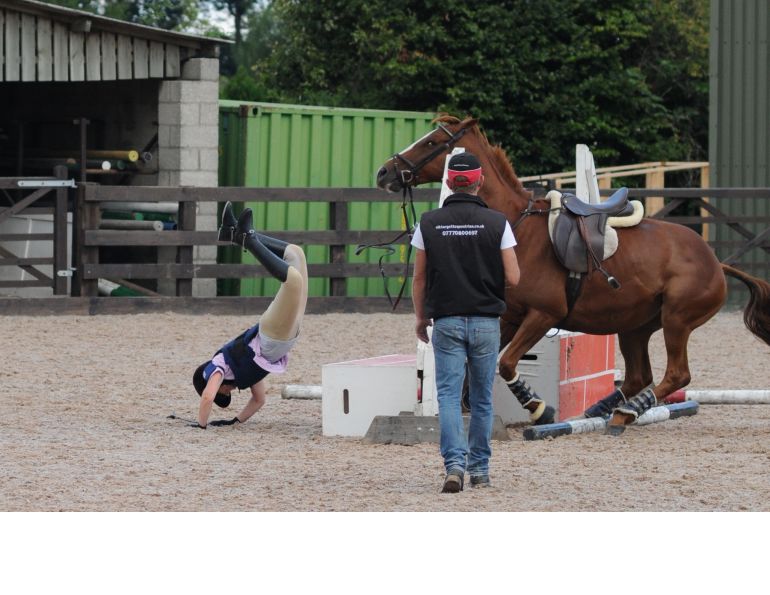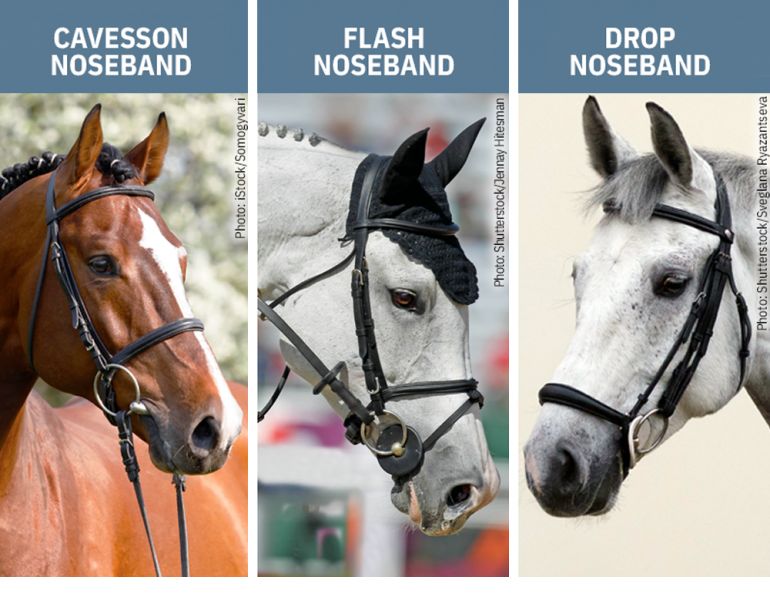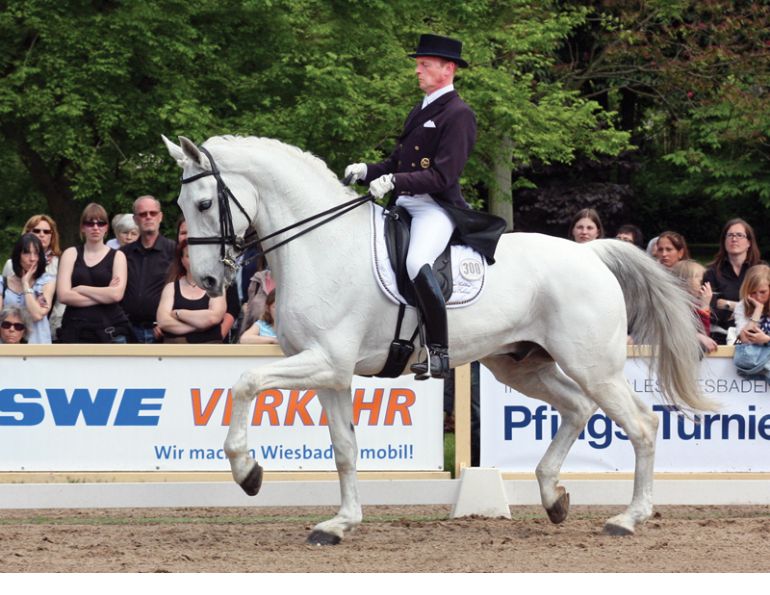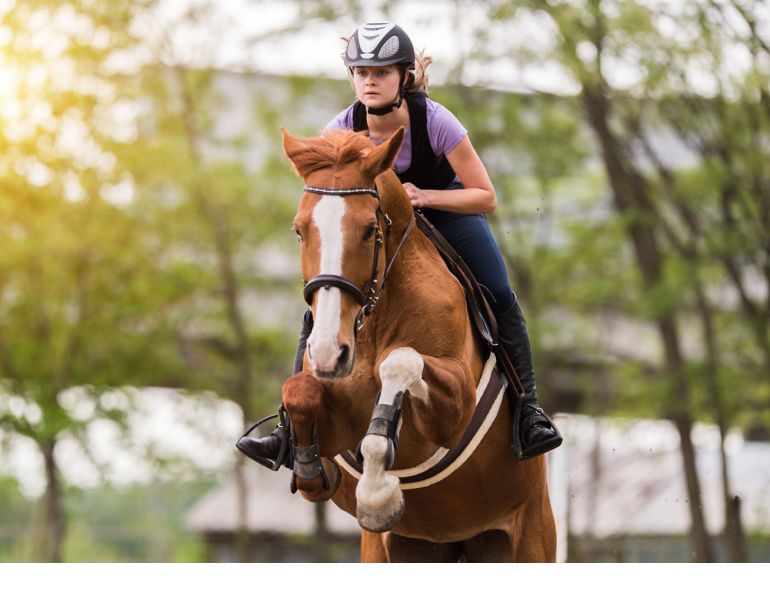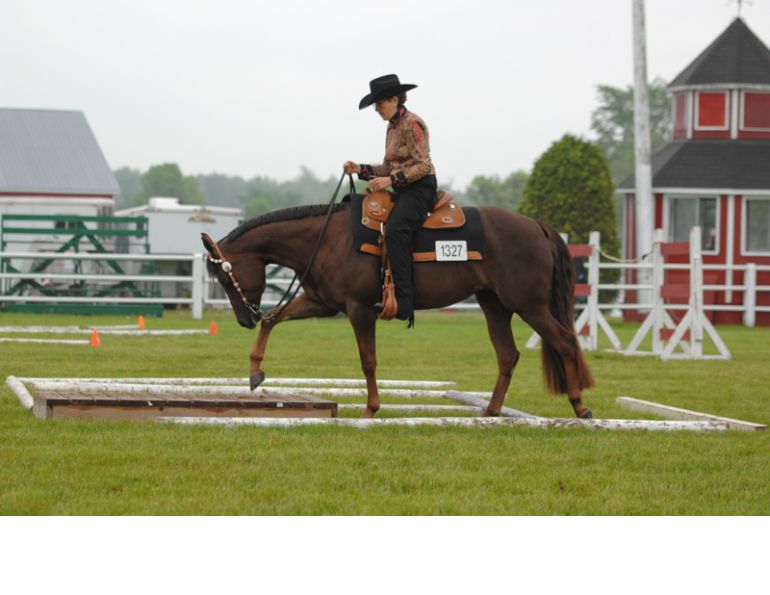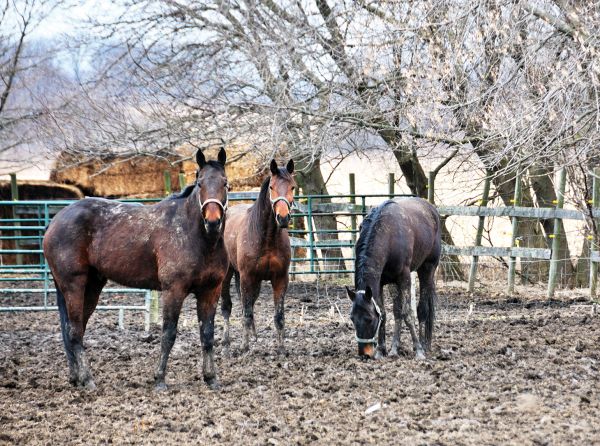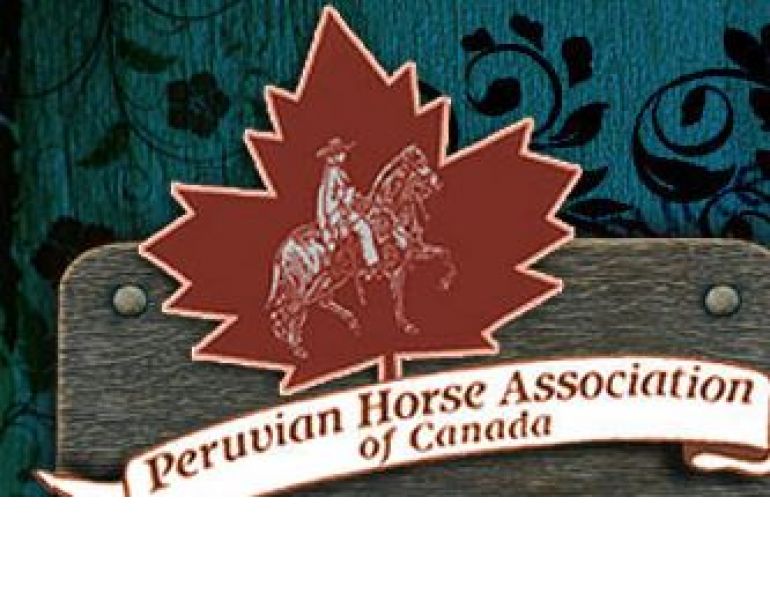By Jochen Schleese, CMS, Equine Ergonomist
Do you understand the natural asymmetry of the horse and its implications for saddle fit?
Most horses are left-handed – or what we refer to as dominant on the left-hand side – and it is usually very obvious. There are many theories as to what causes this predisposition. The German FN (the governing body of riding in Germany) even recognizes in its rule books that most horses are born with “a natural asymmetry” and that it is “cerebral, or determined at birth.” It could be caused by the way the equine embryo grows in the mare’s womb. At least 70 percent of the thousands of horses we see each year are left-handed, while about 20 percent are right-handed, and the remaining 10 percent are relatively even. I am of the opinion that asymmetry occurs in part because of domestication, and due to the conditions in which we train and keep our horses. There are various theories on the causes of asymmetry in horses, but I will focus on the issues that arise as a result.
Most of the horses I have analysed over the past 34 years were kept in stables or living on relatively flat pastureland, and most had more musculature on the left, over and behind the left shoulder, with a shoulder blade that was obviously higher and further back on the left. In nature, the trend may be to more evenly muscled horses, but I have not dealt with enough wild horses to be able to comment on this with authority.

From the measurements we have accumulated over the last 34 years from many different horses, we have determined that (a) about 70 percent are more strongly muscled on the left; (b) about 10 percent are evenly muscled; and (c) about 20 percent are larger on the right. Photos courtesy of Schleese.
When working with horses, humans seem to cultivate this affinity to the left – we mount from the left, lead on the left, saddle on the left – some horses are even distinctly uneasy when approached from the right. When two horses fight, they can be observed turning their left shoulder to the aggressor. Often it is easier to canter on a left lead – have you experienced this?
After the age of two, the development of the horse’s skeletal structure is pretty much complete. Correct training may impact muscular development to help counteract natural asymmetry, but this inherent asymmetry must be taken into consideration when fitting a saddle properly.
The saddle support area of the horse’s back begins immediately behind the shoulder blade at the base of the withers. The shape and position of the gullet plate in particular needs to accommodate any unevenness in the shoulder area. Its function cannot be substituted or eliminated by any amount of re-flocking, shimming, or orthotics. It is usually necessary to fit the gullet plate asymmetrically at the shoulder to accommodate the larger shoulder and to achieve the necessary support equally on both sides. Fitting a gullet plate in this manner will not result in a crooked saddle; logic dictates that you fit each shoulder as it should be fit. Anyone who has one foot that’s larger than the other will recognize this problem when searching for shoes that fit: do you buy a pair to fit the larger foot and use insoles [shims] for the smaller foot, or do you squish the larger foot into a smaller pair to accommodate the smaller foot? Logically, you would buy shoes to fit the larger foot, which is exactly why the gullet plate should be adjusted to fit the larger shoulder at the tree points. If this truism is ignored, and you put a saddle with an even gullet plate on a horse with a larger shoulder on the left or right, it will inevitably fall to one side as it will be pushed there by the more muscled shoulder. This is demonstrated in the photo of the rider from the back, a position commonly seen; even some of top riders, when photographed from the back, will demonstrate this phenomenon.
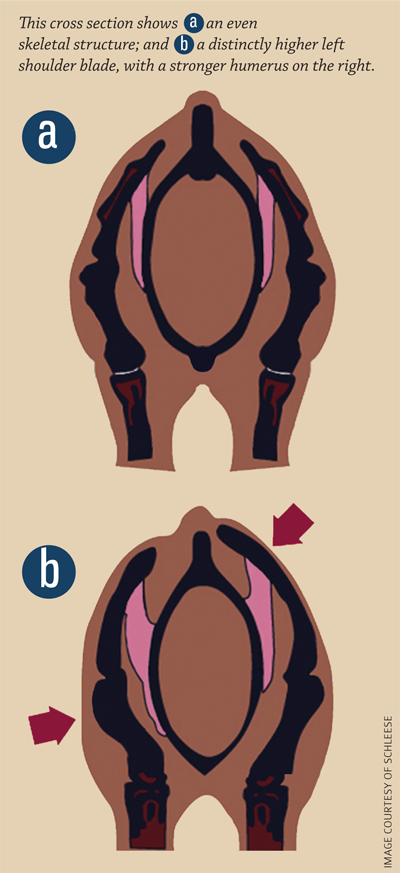
Photo courtesy of Schleese

This rider is trying to compensate for her saddle sliding over to the right due to the horse’s larger left shoulder. She is counteracting by shifting her weight to the left and collapsing her left hip. Photo Courtesy of Schleese.
If the left side is larger, farther down the horse’s back the saddle will actually put pressure on the left side of the spinal column, because it no longer lies in the proper position within the saddle support area which keeps the spinal vertebrae clear of the panel. What happens to the rider? She will shift to the right as well, but will try to counteract this by shifting her weight to the left. There will be less support for her left seat bone because the saddle has shifted to the right, which causes her to collapse further at the hip. This extra pressure will cause the saddle to shift even more to the right. Does this sound familiar?
A crooked rider will have difficulty using the proper aids, especially through the subtle muscle contractions and shifts in weight intrinsic to dressage. She may find increased difficulty with a right canter lead. Her back may start to ache, and her hips may throb. The horse will feel resistance, and the continued pressure of the saddle on the left side of the vertebral column will increase stress to the sacroiliac joint, which can cause a crooked pelvis for the horse and possibly lead to complete lameness in the right hind.

This saddle has a number of problems. Besides having shifted to the right, its gullet is too narrow and the panels are compressed. Photo courtesy of Schleese
This is not to say that saddles should be made crooked. Rather, the ability to adjust the gullet place asymmetrically is essential. To accommodate the horse’s conformation, adjustment should be possible not just in width, which is common for some of the saddles with interchangeable gullet plates, but also in angle and independently at both ends. Changes can then be further addressed when necessary as the horse’s degree of asymmetry changes over the course of its lifetime. Just like a blacksmith forms an iron to fit the hoof, a gullet plate should be formed to fit the horse, rather than being in a permanently fixed position.
Once the gullet plate has been adjusted to accommodate any natural unevenness at the shoulder, the saddle should be sitting straight on the horse’s back when standing still and especially during movement. This allows the rider to sit properly and in balance, and keeps the pressure off the horse’s vertebrae.

A symmetrical gullet plate may actually cause problems as it does not accommodate the natural unevenness of the horse.

This gullet plate has been opened wider on the left (as seen from the front) to ensure there is sufficient room for the horse’s larger left shoulder. Photos Courtesy of Schleese
Rider exercises to strengthen your core will help you to sit straight and balanced in the saddle. But unless you take your horse’s conformation into consideration when fitting your saddle in the first place, your personal ability and strengths as a rider will always be compromised. Think about how much more successful you would be if you could actually use the saddle to help achieve your riding goals, rather than struggling against the saddle to maintain your position.
Main photo: A saddle that sits straight on the horse’s back will allow the rider to sit properly and in balance, making it easier for her to use the proper aids essential to dressage. Photo: dogi78/iStock.



